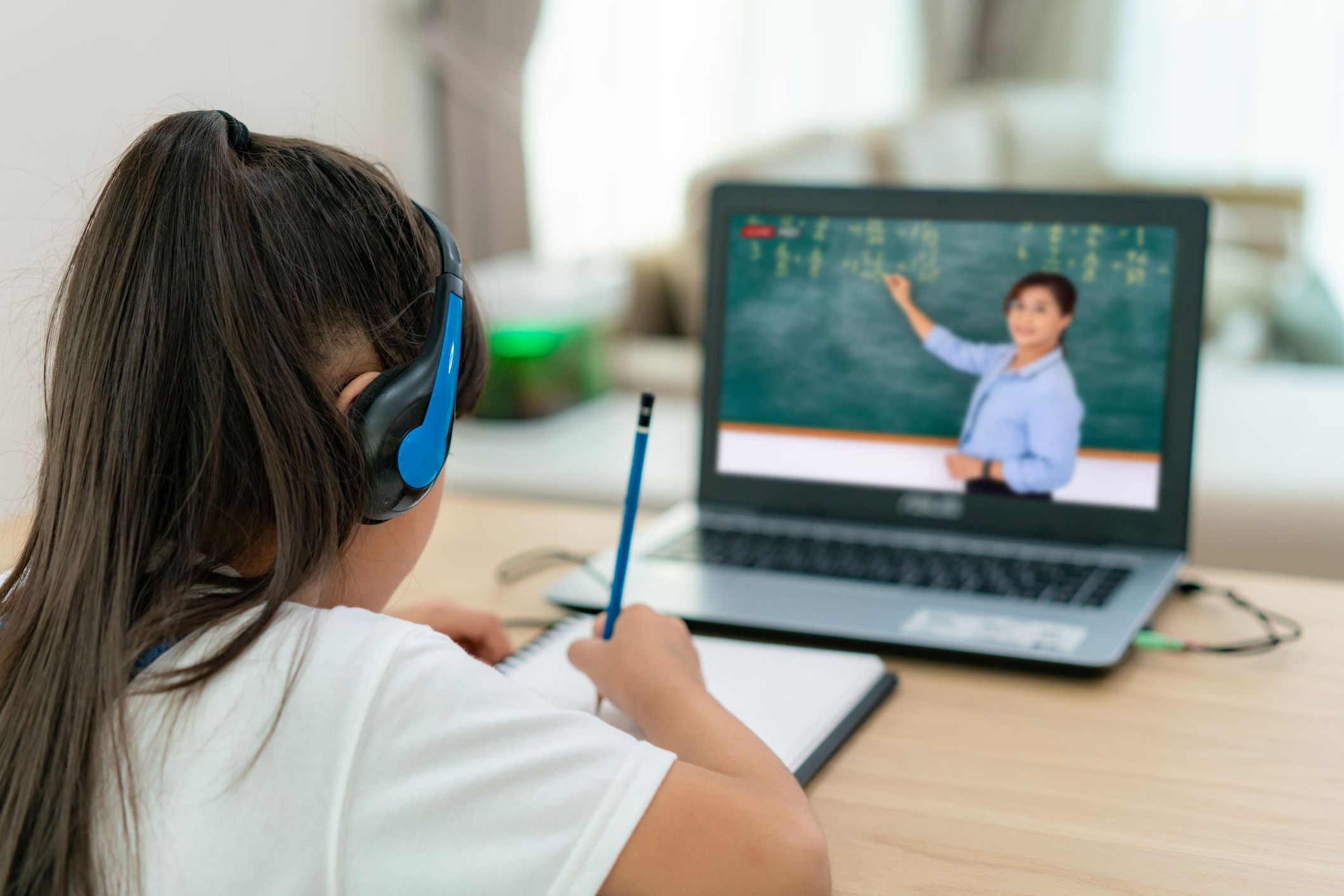
Ever since moving to a new state to live and work, I rarely go back home to meet the family. Just recently though, I decided to make an appearance because I craved spaghetti, but not just any spaghetti - my mother’s spaghetti bolognaise.
While savoring the delightful pasta, my sister was next to me clicking away at her laptop screen. Curious, I looked at the screen and saw that she was working on a multiple choice exercise; with every click on a correct answer, an emoticon much like the Microsoft Word assistant Clippit appeared with the phrase 'Good job!’ or ‘Well done!’.
After leaving school many years ago, I lost touch with the latest educational systems used by schools, specifically what teaching methods were being employed and what forms of training they gave their students. I wasn't paying attention because I didn’t see the importance of it. After watching my sister, something dawned on me - learning things these days is much more fun. Back when I was in school, we didn’t have flashing emoticons that encouraged us every time we got a correct answer, and neither could we immediately look up information about the “medulla oblongata” unless we had a well-equipped home library. When I think about it, kids these days have an entire world of knowledge at their fingertips. For students like me - with attention spans that lasted not more than an hour, not to mention a fidgety hand and the desire to play outdoors far outweighing the desire to get an A, learning and studying was hard.
The animated questionnaire ultimately led me to ask my sister more questions, who apparently viewed me, with one eyebrow raised, as someone from another era. The questionnaire was part of an online tutoring session that she had recently enrolled in with encouragement from her school, in order to have access to quizzes, homework help, and discussion forums. I find it pretty fascinating.
The fact that virtual learning environments enhance a student’s cognitive and explorative nature is nothing less than profound. My sister, a pixie-framed 13-year old, was now working on her second topical quiz. After each chapter, the online tutoring site unlocked a chapter quiz. At the end of the quiz, it would give your results, telling you what you did wrong and why. The online "tutor" will go back in history to the beginning of time, if it has to, in order to help. Take for example her geography quiz. One side of the webpage had the questions, the other side featured a world map. The questions ask you to identify where a continent or ocean is, and by clicking the area on the map as a response, you automatically register the visual location in your head and associate it with the question asked.
A book by Gilly Salmon entitled E-moderating: The Key to Teaching and Learning Online explained thoroughly the benefits of online tutoring and learning, detailing how computers and the internet can be used to aid and assist students in an online learning environment.
The best part about these online tutorials is the interactive and clever use of emoticons to keep the reader or student attentive. With these flashy graphics and useful computer assistants, students remain engaged with their virtual classrooms, promoting enhanced recall and recognition of words, symbols, images and answers at a much faster rate compared to conventional learning situations.
I wish I had been born in the 21st century and not in the 1980s. Imagine what e-learning will be like 10 years from now. As I continued watching my sister, I noticed how genuinely interested she was in her online exercises. With her books nearby, I observed how she used both conventional and unconventional educational techniques in a seamless manner to learn what it was she needed to know.